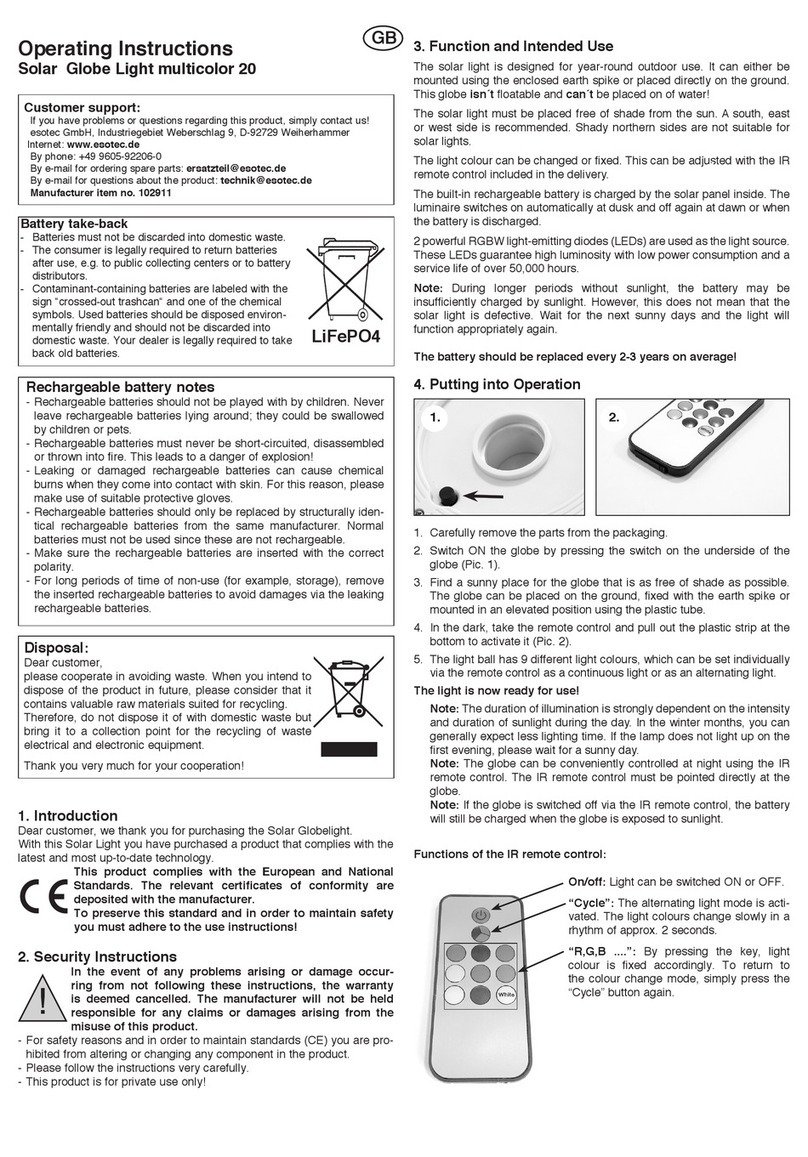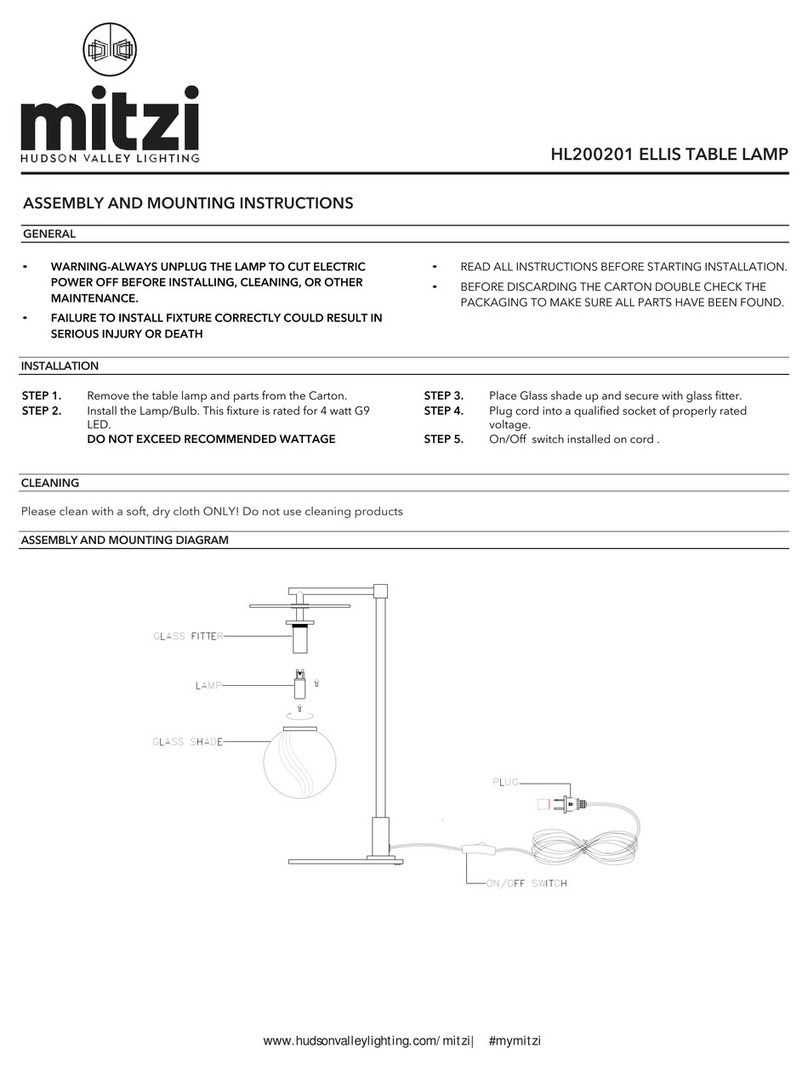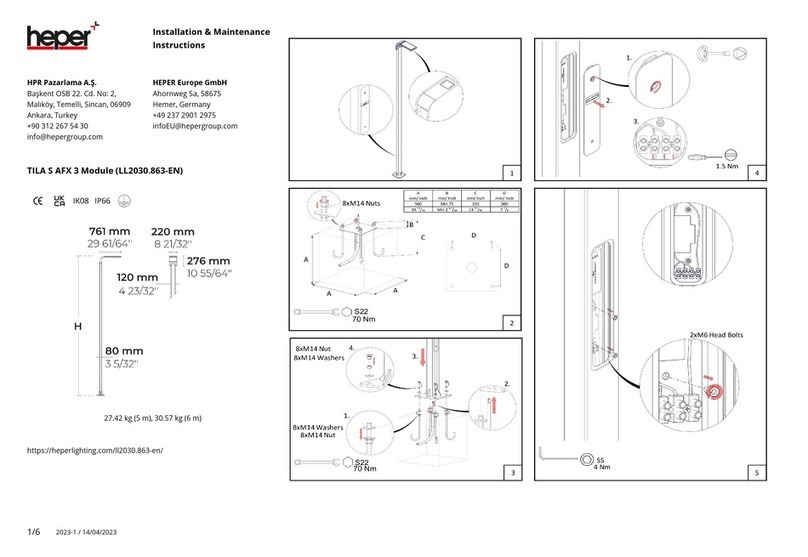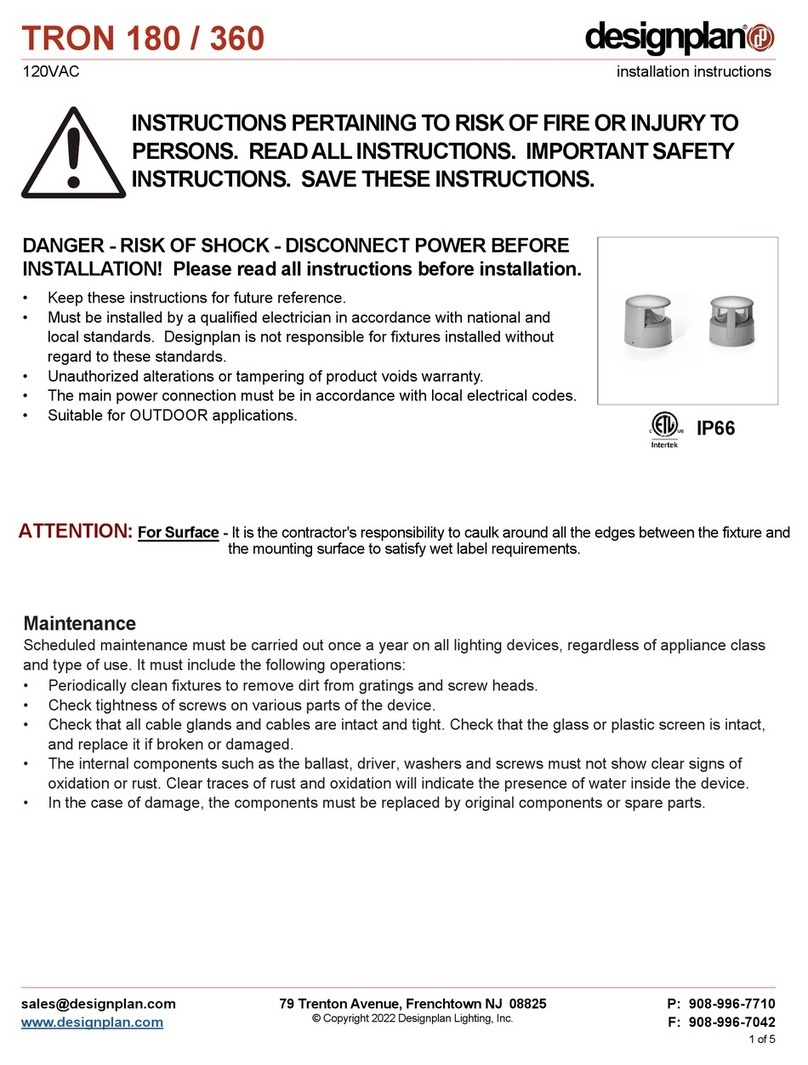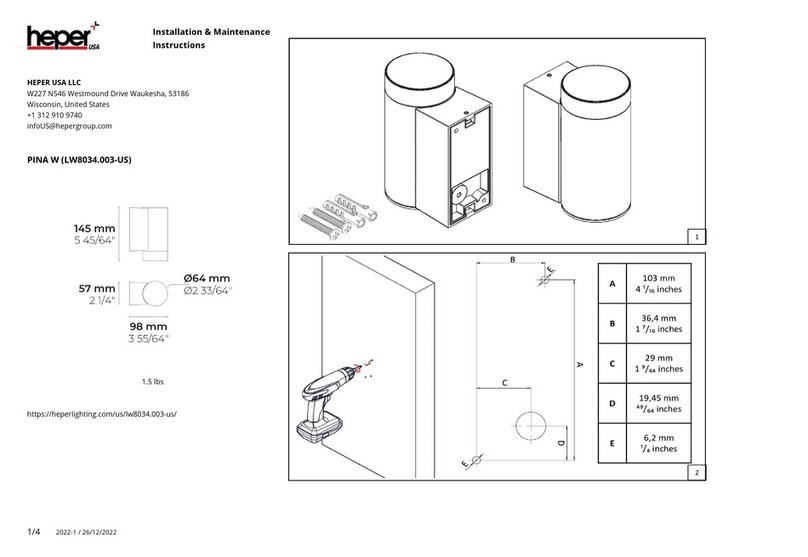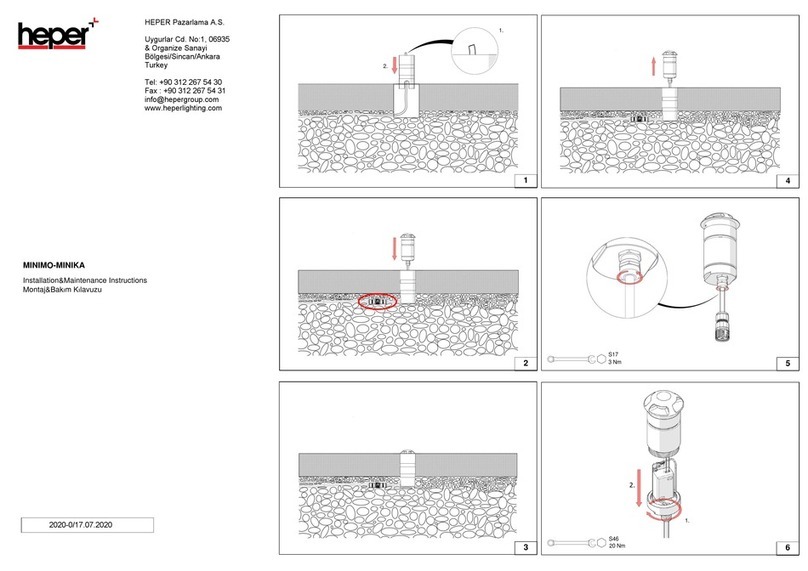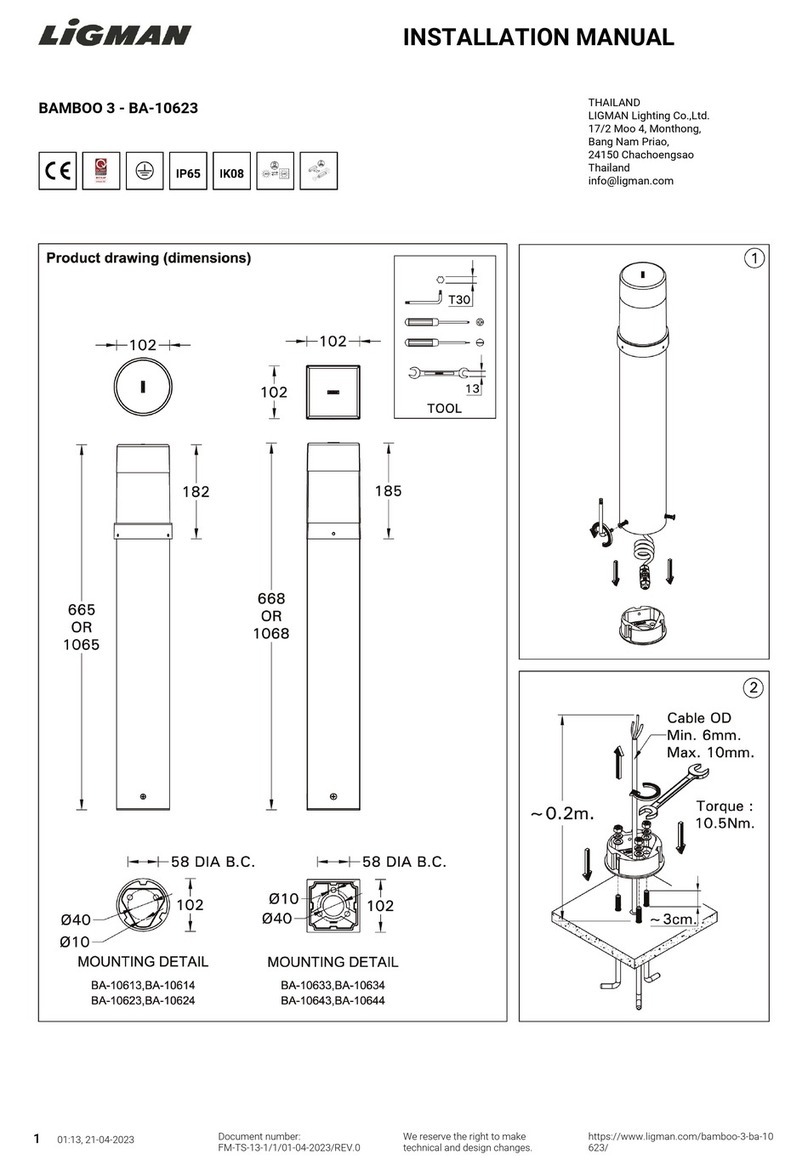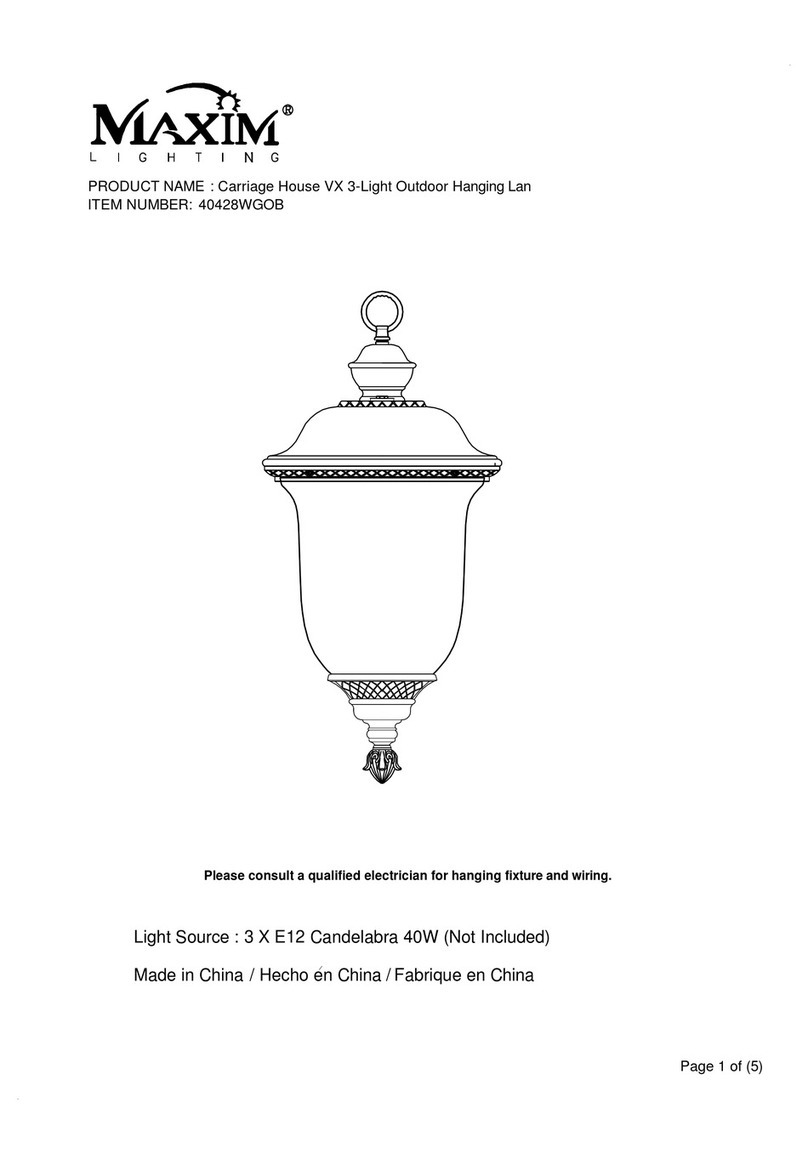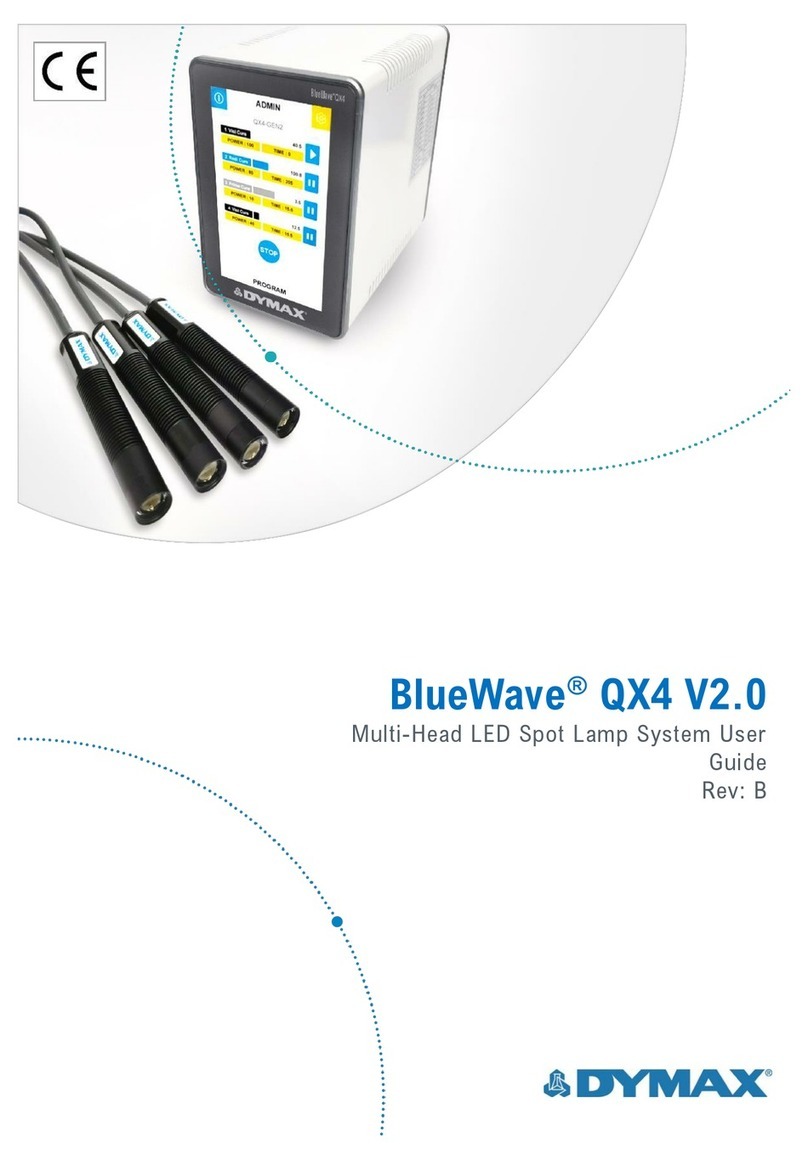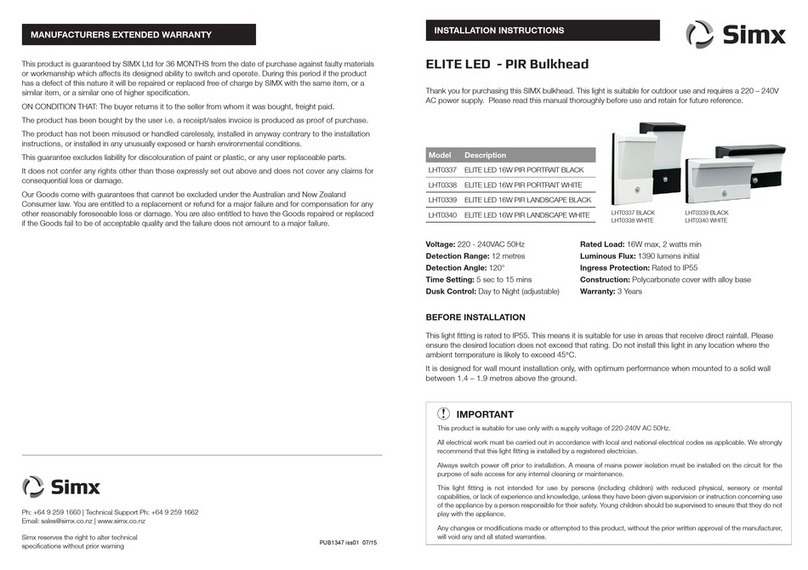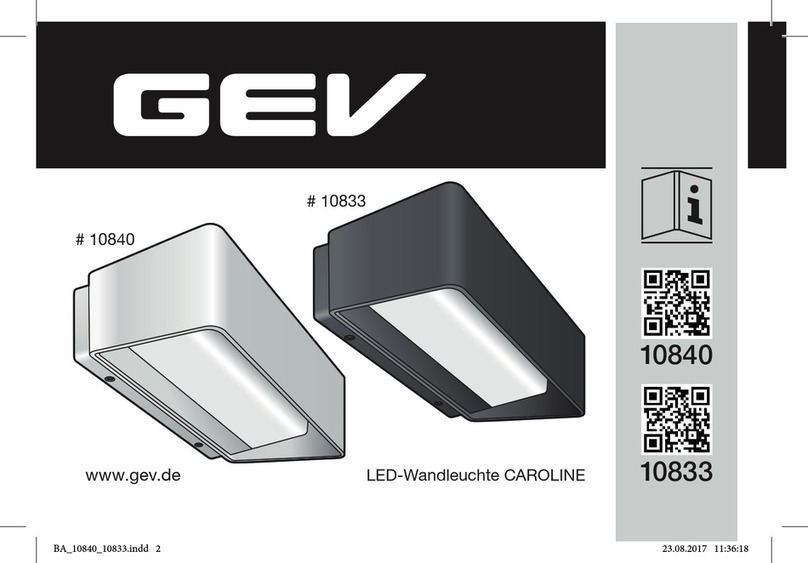4 U S E R G U I D E |P O R T A - R AY ®400R
Introduction
This guide describes how to assemble, use, and maintain
the Dymax PORTA-RAY®400R flood-lamp system safely
and efficiently.
Intended Audience
Dymax prepared this user guide for experienced process
engineers, technicians, and manufacturing personnel. If
you are new to UV light-curing systems and do not
understand the instructions, contact Dymax Application
Engineering to answer your questions before using the
equipment.
Where to Get Help
Dymax Customer Support and Application Engineering
teams are available in the United States, Monday through
Friday, from 8:00 a.m. to 5:30 p.m. Eastern Standard Time.
information for additional Dymax locations can be found on
the back cover of this user guide.
Additional resources are available to ensure a trouble-free
experience with our products:
•Detailed product information on www.dymax.com
•Dymax adhesive Product Data Sheets (PDS) on
our website
•Material Safety Data Sheets (MSDS) provided
with shipments of Dymax adhesives
Safety
To use this system safely, it must be set up and operated
in accordance with the instructions given by Dymax.
Using the system in any other manner will impair the
protection of the system. Dymax assumes no liability for
any changes that may impair the protection of the system.
UV Light-Curing System Safety
Considerations
Dymax UV light-curing technology has been used
successfully for over 30 years. The fast-cure, one-
component nature of our UV light-curing technology has
made it the process of choice for many manufacturers
requiring a cure-on-demand assembly process.
There are four common questions/concerns related to UV
light-curing systems: UV exposure, high-temperature
surfaces, ozone, and bright, visible light.
UV Exposure
Standard Dymax UV light-curing systems and bulbs have
been designed to primarily emit UVA light (as shown in
Figure 1). UVA light is generally considered the safest of
the three UV ranges: UVA, UVB, and UVC. Although
OSHA does not currently regulate ultraviolet light
exposure in the workplace, the American Conference of
Governmental Industrial Hygienists (ACGIH) does
recommend Threshold Limit Values (TLVs) for ultraviolet
light. The strictest interpretation of the TLV (over the UVA
range) for workers’ eyes and skin is 1 mW/cm2(intensity),
continuous exposure. Unless workers are placing bare
hands into the curing area, it is unusual to exceed these
limits. To put 1 mW/cm2limit into perspective, cloudless
summer days in Connecticut regularly exceed 3 mW/cm2
of UVA light and also include the more dangerous UVB
light (primarily responsible for sun tans, sun burns, and
skin cancer) as well.
The human eye cannot detect “pure” UV light, only visible
light. A radiometer should be used to measure stray UV
light to confirm the safety of a UV-curing process. A
workstation that exposes an operator to more than 1
mW/cm2of UVA continuously should be redesigned.
UV-adhesive curing can be a regulatory compliant,
“worker-friendly” manufacturing process when the proper
safety equipment and operator training is utilized. There
are two ways to protect operators from UV exposure:
shield the operator and/or shield the source.
Shield the Operator
UV-Blocking Eye Protection –UV-blocking eye
protection is recommended when operating UV light-
curing systems. Both clear and tinted UV-blocking eye
protection is available from Dymax.
UV-Blocking Skin Protection –Where the potential
exists for UV exposure upon skin, opaque, UV-blocking
clothing, gloves, and full-face shields are recommended.


